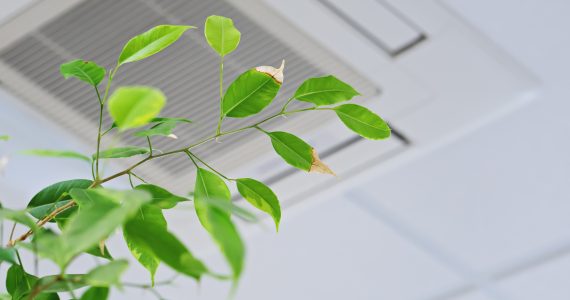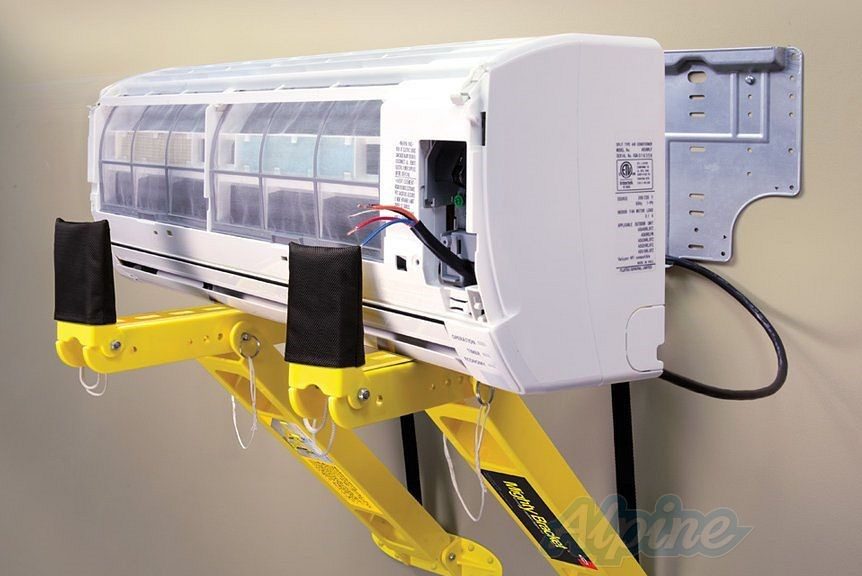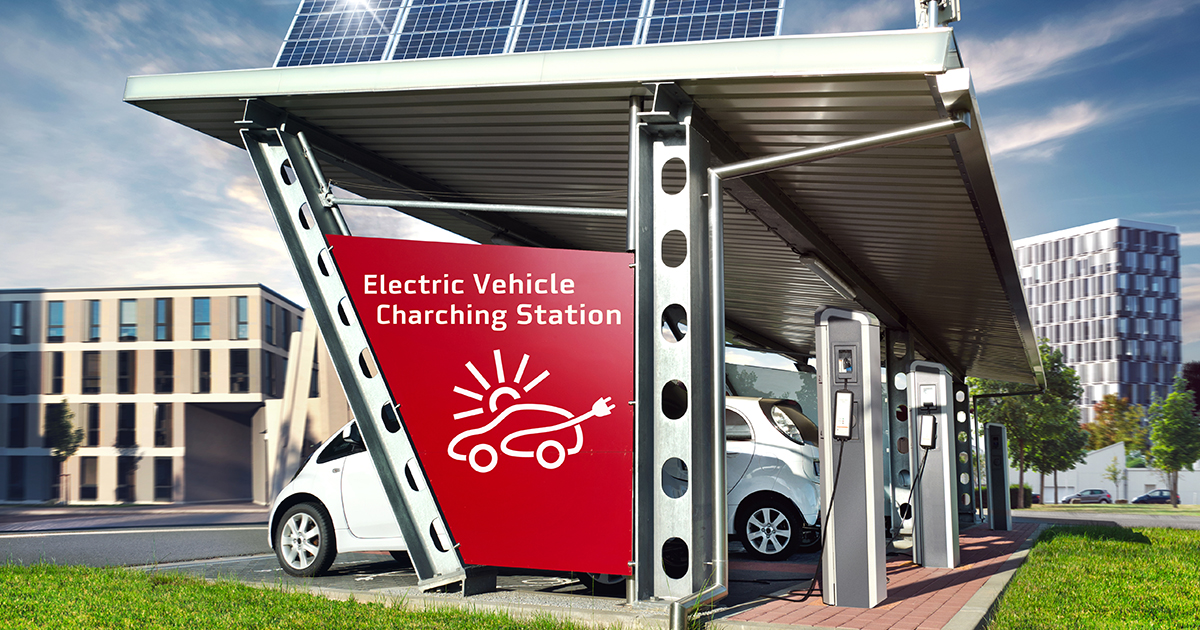
Free cooling
Given the current energy situation, it is legitimate to ask whether we should perhaps be designing and using buildings without active cooling, or at least reducing the power of cooling equipment. Could “free cooling” be THE solution? Let’s explain…
Definition
Intensive ventilation (summer or winter), often called “free cooling”, involves cooling a building through ventilation, using the free energy in the outdoor air when it is colder than the indoor temperature.
Depending on the time of day, it is sometimes known as diurnal free cooling (daytime) or nocturnal free cooling (night-time).
A distinction is also made between natural or mechanical intensive ventilation. Of course, it is also possible to combine the two in a hybrid ventilation system.
Hygienic ventilation?
It is important to understand the difference between intensive ventilation and hygienic ventilation, which is the ventilation required to maintain air quality in buildings.
Hygienic ventilation creates airflows corresponding to an air change rate (for example, in offices when not under exceptional circumstances such as the Covid pandemic) of around 1 complete renewal per hour (1 ACPH). Intensive ventilation requires much greater air change rates of 4 to 8 ACPH.
Natural intensive ventilation
Natural intensive ventilation makes use of a “natural motor” to move air due to:
- Vertical stack effect, where the air enters through openings in the building’s facade, passes through the building and exits through a “vertical stack” (e.g. an atrium) due to Archimedes’ principle (warm air is lighter than cool air, creating a natural draught).

- Cross-ventilation effect from one side to another.

There are more complex systems such as central stacks for air intake and extraction, or systems associated with double-skin facades.
There are various different types of openings in the facade for fresh air intake:
- Tilting frames;
- Fixed gratings fitted over opening frames;
- Fixed gratings integrated into an opaque facade.
Air extraction occurs via:
- Gratings or windows (see also air intake);
- Roof windows;
- Chimney stacks (generally built from materials that promote draught by warming the air).
These openings can be controlled manually or (ideally) automatically according to different criteria, such as indoor and outdoor temperatures.
They should not increase the risk of human or animal intrusion or allow dust, rain, etc. to enter.
Note that the surface area of these openings is quite large, generally equating to around 2% of the building’s floor space.
A number of criteria should be considered to achieve efficient and standards-compliant ventilation:
- Compliance with fire protection criteria (especially with regard to opening doors and compartmentalisation);
- Adequate thermal inertia (heavy structure – see the article on thermal inertia, by clicking here)
- Free circulation of air between entry (facade) and exit (opposite facade or roof);
- Access to the building’s thermal mass: no false floors or ceilings and no forced air circulation through these.
Mechanical intensive ventilation
Mechanical intensive ventilation uses the building’s ventilation system (dual-flow hygienic or “all-air” in the case of air cooling/heating).
The latter should, however, be appropriately sized (to reduce system pressure losses) and/or used (increased flow) to avoid the risk of overconsumption outweighing the reduced cooling needs and therefore undermining the “free” in free cooling.
How efficient is it?
Efficient nocturnal intensive ventilation will reduce the indoor temperature by several degrees (often as much as 5 or 6 °C), and above all, avoids the situation where heat accumulates over several consecutive hot days, and so reduces the period of time when overheating makes the building uncomfortable.
Naturally, this system has its limits, for example when the night-time outdoor temperature itself is too high for days at a time.

Conclusion
By combining bioclimatic architecture (effective exterior solar protection in particular) with thermal loads (thermal inputs) limited to a maximum 32 W/sq. m, it should be possible to design and operate buildings without active cooling, or at least reduce the power of cooling equipment. Note that various examples exist in different countries.
Find out more
The interested reader will find plenty of additional information on the website at www.inive.org.
This includes case studies, which can be found in the document “Ventilative Cooling Case Studies” published by EBC based on Annex 62 from the International Energy Agency (by cliking here).
Did you like the article ?


